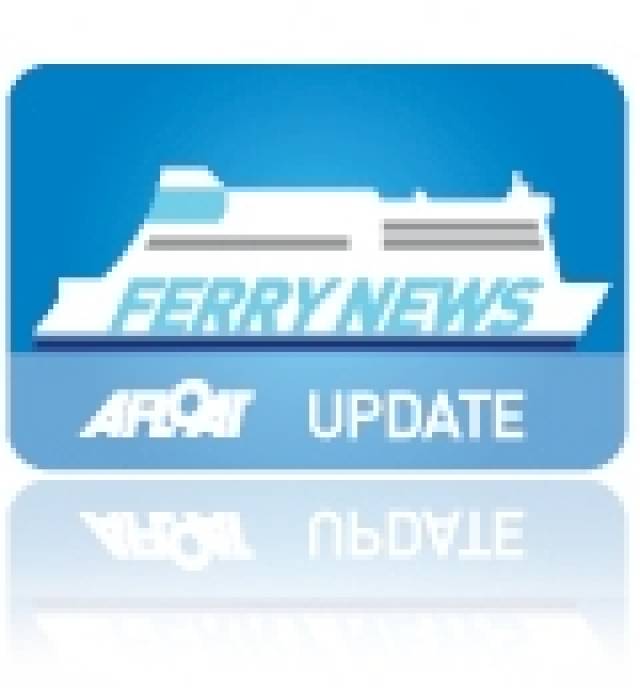#JobsThreat – According to yesterday's Belfast Telegraph, there are major fears for the jobs of hundreds of Stena Line workers in Northern Ireland.
Maritime staff employed on Belfast to Scotland ferries route to the Port of Cairnryan, have expressed concern that they are to be replaced by foreign crews as the company attempts to slash £10m from its operating costs.
The threat – which could affect more than 200 local workers – initially emerged in a letter the company sent to employees last month, which listed the recruitment of foreign workers as a possible cost-cutting option.
This was denied at the time, but sources have told the Belfast Telegraph (which has much more on this story) that at least five foreign crew have been taken on in the last month.
Afloat.ie adds that Stena Line's loss-making Irish Sea routes over the last decade, have been switched to Northern Marine Management, part of the Stena Group as previously reported.
In turn Northern Marine formed a new structure earlier this year, Northern Marine Ferries, in an attempt to cut £10m from maintenance and crewing costs. Discussions with staff representatives and trade unions have according to Stena Line included a decision not to increase wages for all staff in 2014.
The first Irish Sea route vessels to switch to Northern Marine Ferries were the Belfast-Birkenhead (Liverpool) ro-pax pair, Stena Lagan (click for photo and more) and Stena Mersey.
It is understood the rest of the fleet are to be transferred to the newly formed ferry division by the end of this month and that the cost-cutting exercise is to be completed by the start of 2015.
In the meantime, Stena launched their first direct Ireland-continent service sailing last night, as the yet to be renamed Celtic Horizon, departed Rosslare bound for France, where she is scheduled to dock in Cherbourg this afternoon. The ro-pax is also part of the Northern Marine Ferries outfit and has a multi-national crew of around 50 staff.






























































